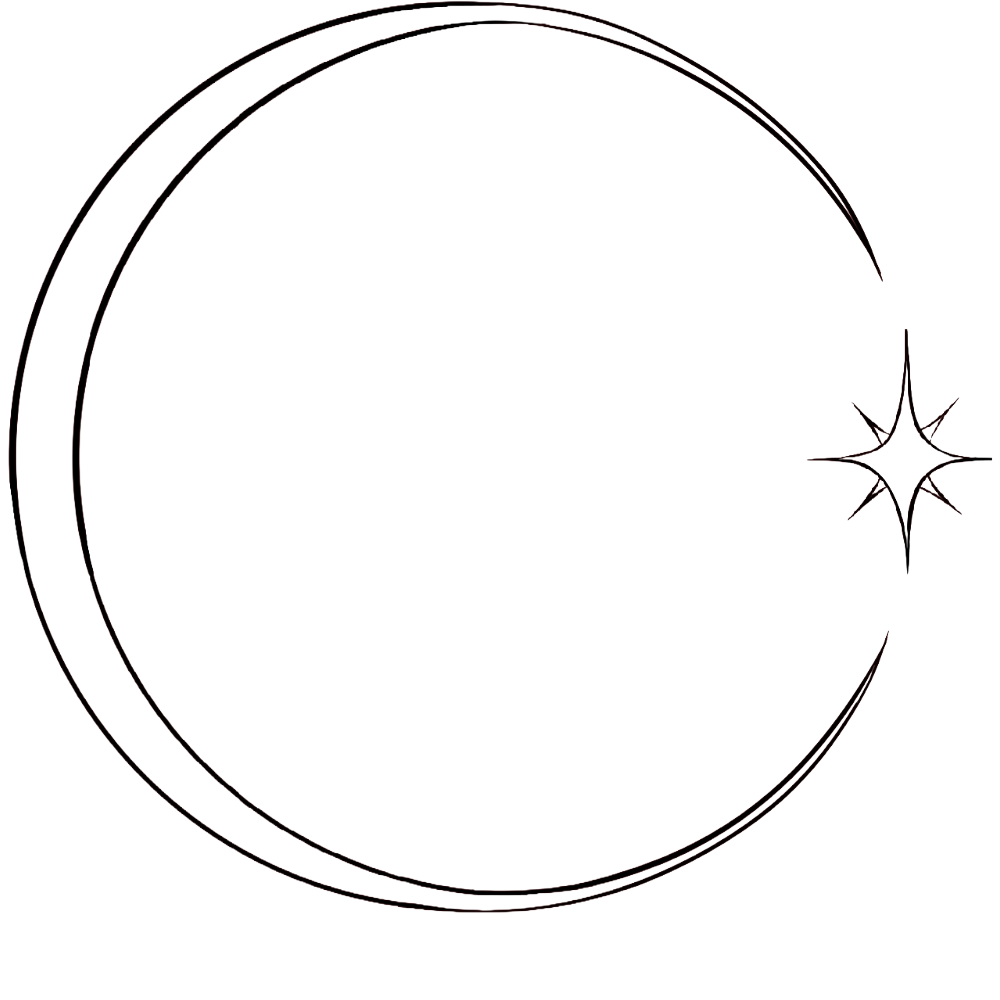Using Sound to Regulate the Vagus Nerve and Calm Anxiety
Introduction
If you’ve ever taken a deep breath during a sound bath and suddenly felt your whole body soften, chances are your vagus nerve was being gently activated.
Often called the wandering nerve, the vagus nerve is the body’s built-in healing switch—quietly regulating digestion, heart rate, and emotional calm. And sound, when used intentionally, is one of the most powerful tools to stimulate it naturally.
Let’s explore how specific frequencies, vocal tones, and vibrational instruments can support vagus nerve regulation and help manage anxiety from the inside out.
What Is the Vagus Nerve?
The vagus nerve is the longest cranial nerve in the body. It runs from the brainstem through the throat, lungs, heart, and into the gut—connecting the brain to every major organ.
It’s a key part of the parasympathetic nervous system—responsible for calming the body, restoring equilibrium, and helping you feel safe. When your vagus nerve is toned and active, you’re better able to regulate emotions, reduce anxiety, and bounce back from stress.
How Sound Stimulates the Vagus Nerve
Low-Frequency Tones (60–200 Hz)
These frequencies travel through the body and stimulate vagal activity, especially when played through bowls, gongs, or tuning forks placed near the chest, neck, or back of the head.Chanting and Humming
Your voice is a built-in healing instrument. Humming or toning (especially long “OM” or “MMMM” sounds) vibrates the throat and chest, activating the vagus nerve directly through the vocal cords and surrounding muscles.Binaural Beats + Isochronic Tones
When two frequencies are played in each ear, the brain entrains to the difference—often promoting theta or delta states that trigger vagal relaxation and calm the mind.Crystal + Tibetan Singing Bowls
Specific bowl tones—especially lower octaves and grounding frequencies like C, F, or G—help move the body into a parasympathetic state. This effect is enhanced when the session is long, safe, and uninterrupted.
Signs Your Vagus Nerve Is Activating
Slower heart rate
Deep, effortless breaths
Digestive sounds or movement
Feeling warm or grounded
Calm tears or emotional release
Yawning or tingling sensations
The Science: Polyvagal Theory in Action
Stephen Porges’ Polyvagal Theory teaches that safe sound cues—like soft music, low-frequency vibration, and rhythmic tones—are interpreted by the nervous system as signals of safety.
When the body hears these sounds, it releases its grip on the stress response. Blood pressure drops. Cortisol lowers. And the brain begins to trust that it can let go.
Sound Practices to Try at Home
Daily humming for 5 minutes (low and steady)
Listening to 432 Hz or 528 Hz frequency music
Guided meditations with binaural beats
Self-toning with long vowel sounds (OM, AH, EEE)
Playing a singing bowl near the chest or throat
Final Thoughts
In a world that often overstimulates, sound is a sacred way to tune in. When used with intention, it helps tone the vagus nerve and restore the body’s natural rhythm of healing and calm.
This isn’t just spiritual—it’s neuroscience with soul.
—
Want to experience it?
→ Book a private sound bath or group session
→ Learn to facilitate vagus-aware sound healing
